
Shardeum, the autoscaling EVM-based Layer 1 blockchain, has scheduled its mainnet launch on May 5.
Shardeum’s upcoming launch follows an extended development cycle that featured multiple testnets, including “Liberty,” “Sphinx,” and the incentivized “Atomium.”
Ahead of the platform’s mainnet launch on May 5, 2025, we spoke with Srinivasan “Srini” Parthasarathy, the Chief Technology Officer at Shardeum.
Parthasarathy shared insights into the platform’s core technology, the challenges faced along the way, and what the mainnet launch means for the future of decentralized applications.
Here are the edited excerpts from the interview.
The tech behind Shardeum
Invezz: Could you give us an overview of Shardeum — what the project aims to solve, and the core technology powering it?
Parthasarathy describes Shardeum as “a layer one, EVM-compatible, dynamic state sharded blockchain network.”
While it may be a technical mouthful, he believes the team has achieved something unprecedented.
“We can scale pretty much indefinitely without any security issues and also stay totally decentralized,” he said.
“We’ve kind of solved the blockchain dilemma,” the CTO added.
That decentralization and scalability, he emphasized, come without compromise.
“It’s a very exciting project for me personally… I’m very happy to be working with a fantastic set of engineers and people here.”
Shardeum has been running several dry runs of its launch process and expects to be fully operational on May 5.
“Technically, we’ve been ready for more than a month now,” Parthasarathy said.
Invezz: Shardeum has conducted several testnets. What were some of the key learnings from those testnet phases?
As per the CTO, Shardeum’s approach to testing has been both extensive and transparent.
The final testnet attracted 171,000 independent validators across the world.
“We have a very vibrant, supportive community that has actually helped us through a lot of our testing,” Parthasarathy said, crediting contributors for their time, effort, and financial support.
“We have found a lot of security issues, and we’ve found bugs that we fixed,” he added.
He also added that open-source development has been at the heart of the project.
“We are sort of in a fishbowl. Everybody can see exactly what we are doing — coding in public, so to speak.”
The team has incorporated feedback from the community and patched bugs revealed through bounties and audits.
“There are more learnings in this than anything that we can do internally,” Parthasarathy added.
Dynamic sharding and scalability
Invezz: Shardeum uses dynamic state sharding. Can you explain how that works and why it matters from a scalability and decentralisation standpoint?
Parthasarathy used an analogy to explain the underlying architecture of Shardeum’s dynamic state sharding.
Imagine a blockchain as a spreadsheet, he said, with each row representing a block and each column a transaction.
Traditional blockchains allow only one row to be written at a time.
“What Shardeum did is something very interesting. What we said is that instead of having a single sheet with a billion rows, let’s break it up into, say, smaller tabs.”
This sharding allows Shardeum to assign subsets of data to different validator groups, reducing the storage and compute requirements for running a node. “We want the whole world to participate in securing the network,” He said.
“Anybody with $2,000 to spare should be able to spin up a node and secure the network.”
Most other sharded blockchains operate with a fixed number of shards.
Shardeum’s innovation is the ability to scale shards up and down dynamically as demand increases or decreases.
“Now that is very unique. I don’t know of any other network that does that,” the CTO said.
The ultimate goal, he said, is to keep barriers to entry low, particularly for participants outside the Western world, and ensure broad decentralization.
Leadership changes and other challenges
Invezz: The project has seen some leadership changes and delays in the launch timeline. How do you respond to concerns around leadership changes and execution risk?
Parthasarathy acknowledged the turbulence but emphasized that such changes are part of the natural evolution of any high-stakes technology initiative.
“At Shardium, we are trying to solve a problem that’s very hard,” he said.
“The team had a very ambitious goal that they set for themselves… Now, doing a dynamic state-sharded blockchain is a very tough technical problem to solve.”
He added that shifts in leadership and personnel should be expected in a startup environment.
“Changes in teams are a very natural consequence of growth in any company… It’s just the way, that’s the nature. This is a very tough problem. If we get burnt out, if we want to do other things, it’s just an actual course of things.”
What comes next after launch
Invezz: What features will be available at launch, and what will roll out over time?
The May 5 launch is just the beginning of a phased rollout.
Features like smart contract support will not be fully available on day one but will be enabled over the following weeks.
“We are releasing this in a phased manner,” Parthasarathy said, adding that other enhancements related to autoscaling and governance are also in the pipeline.
The CTO reiterated the team’s long-term vision: “The goal is to make Shardeum as robust and decentralized as possible.”
A major focus will also be working with developers to build applications on the network in the months ahead.
The post Interview: Shardeum CTO Srinivasan Parthasarathy talks mainnet, delays, and tech appeared first on Invezz


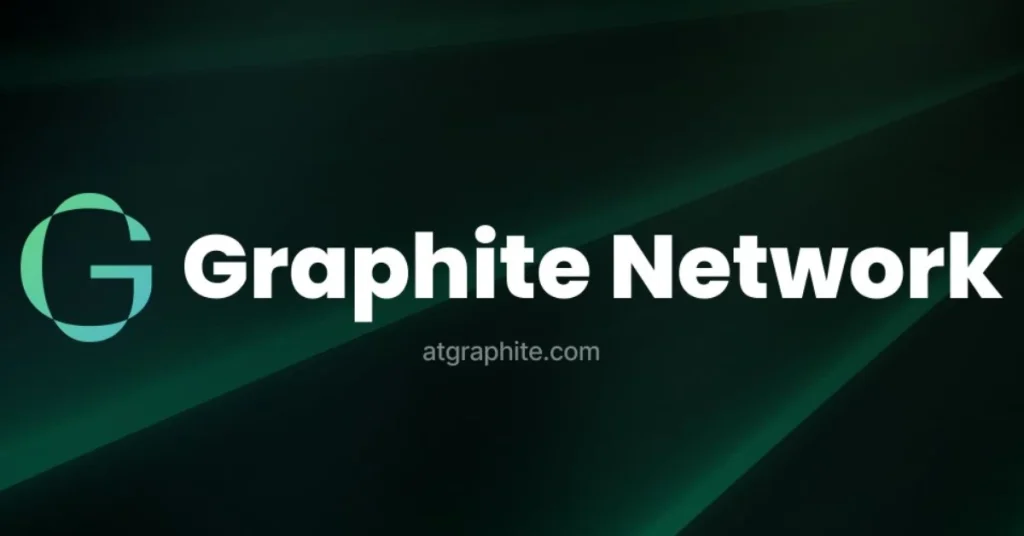


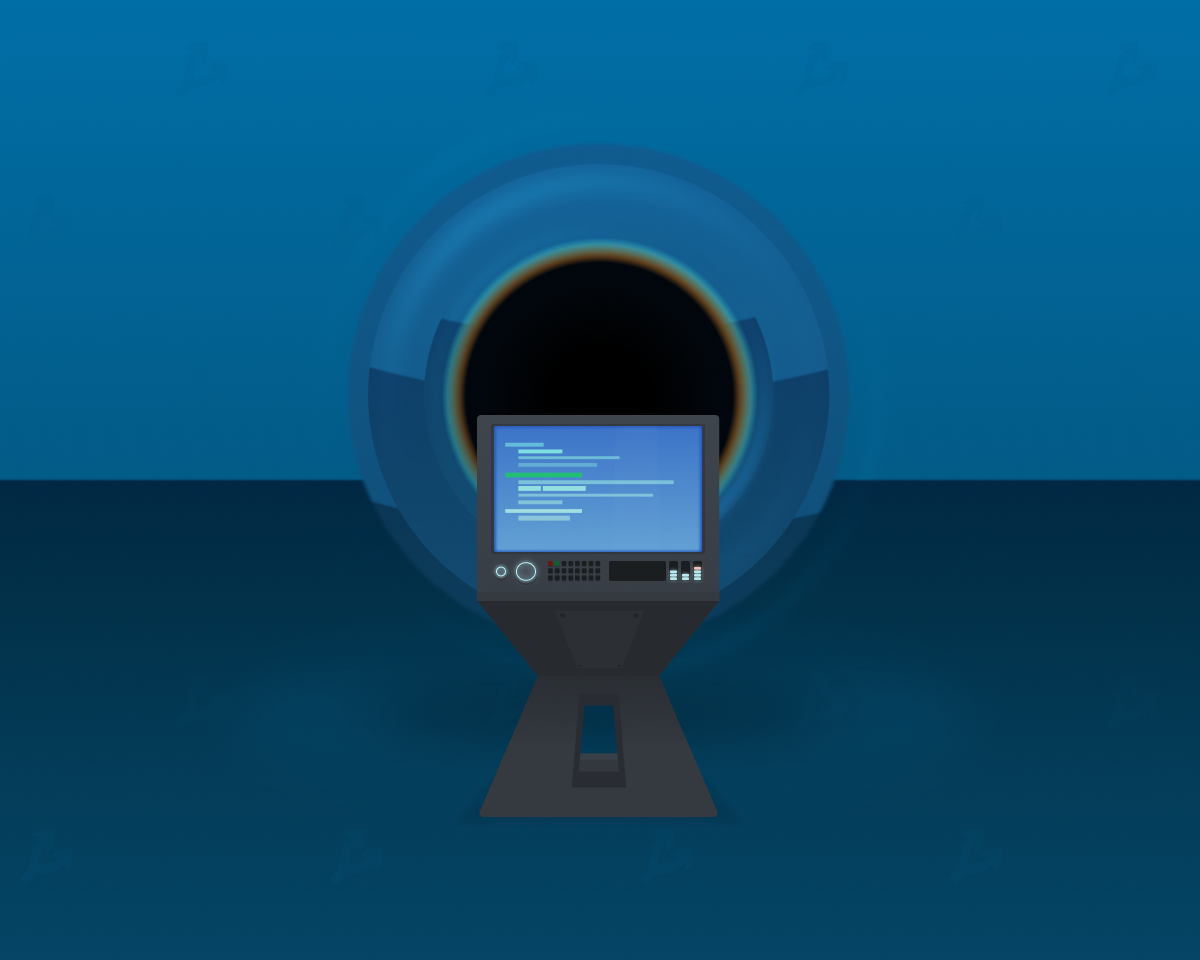
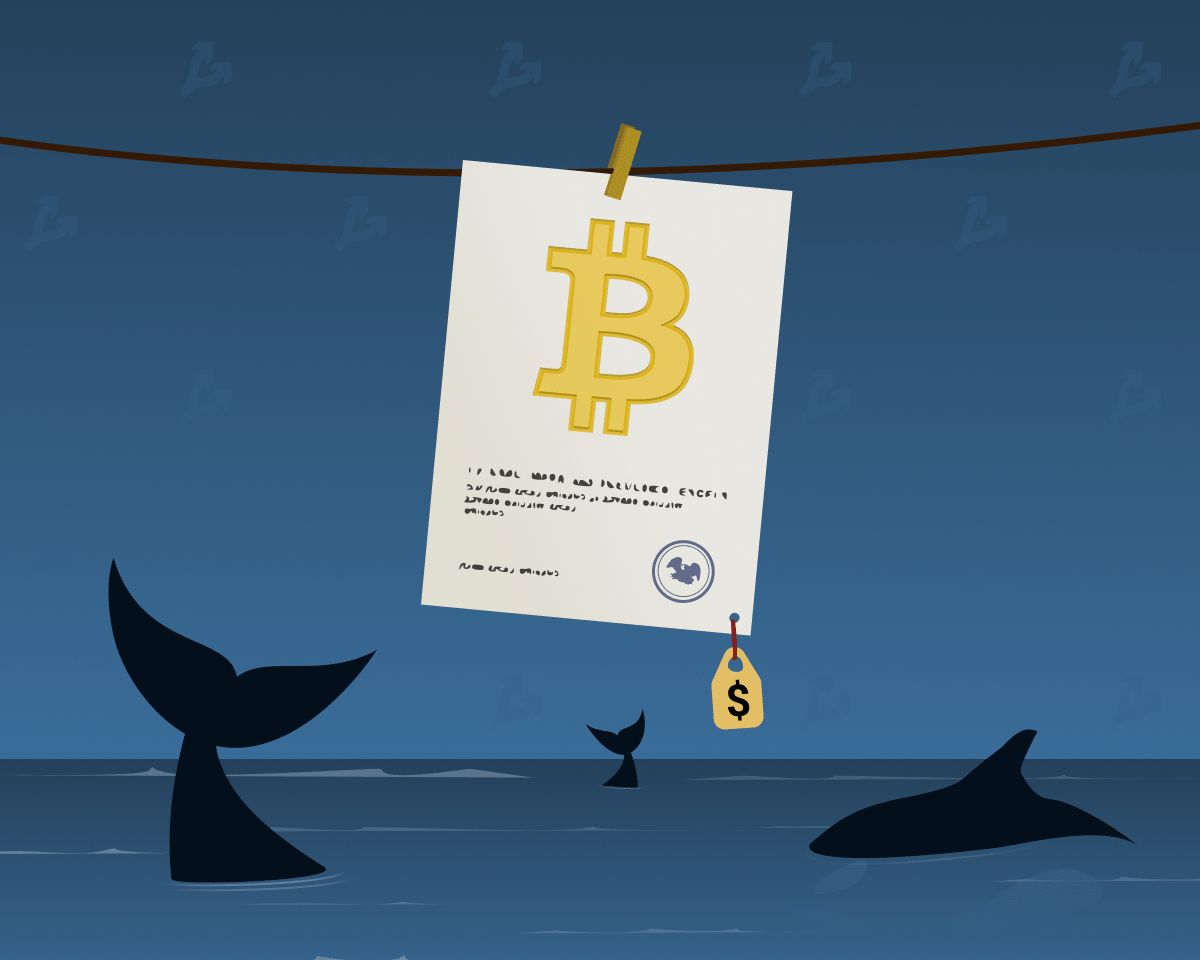




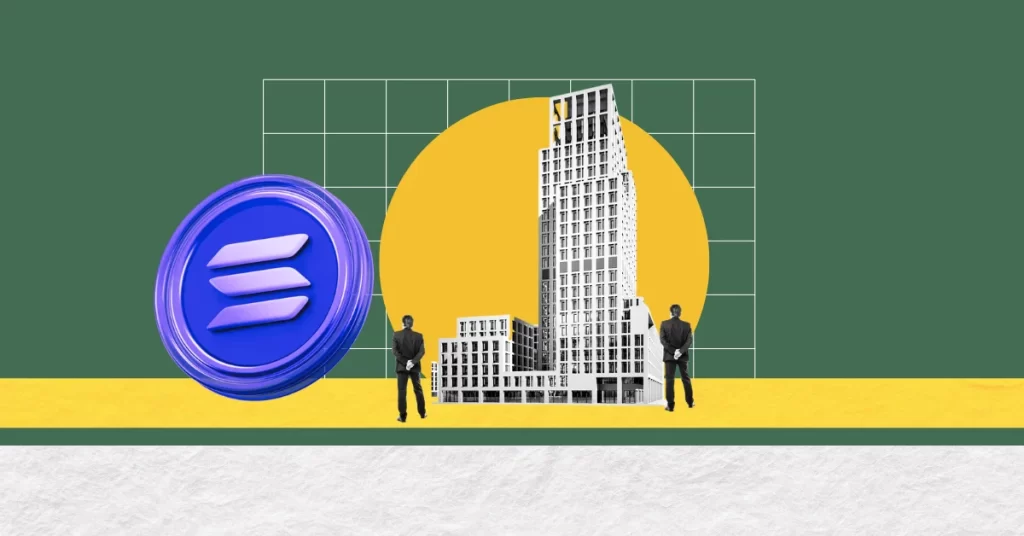
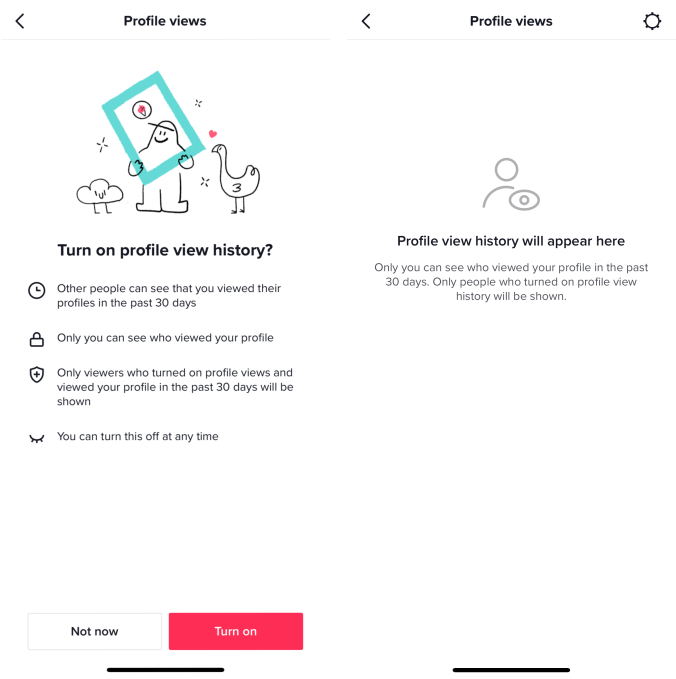


 English (US) ·
English (US) ·